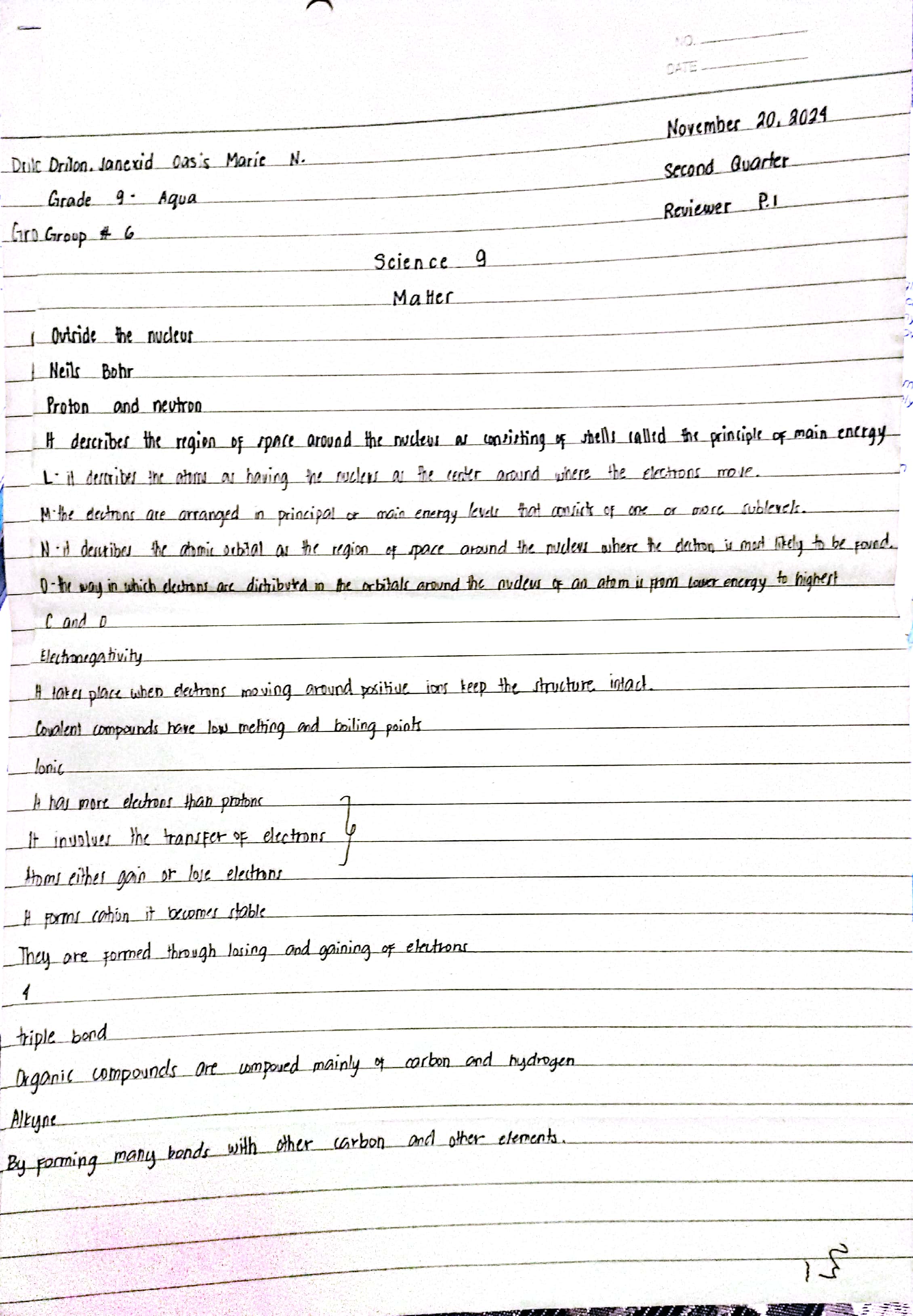Outline the nucleus, Niels Bohr's theories, protons and neutrons, and describe ionic and covalent bonds.

Understand the Problem
The question covers key concepts related to atomic structure, electron behavior, and chemical bonding, primarily focusing on the outlines of theories by Niels Bohr, descriptions of protons, neutrons, and details of ionic and covalent bonds.
Answer
The nucleus has protons and neutrons; Bohr's model has orbiting electrons. Ionic bonds transfer electrons, covalent bonds share them.
The nucleus is the atom's core, containing protons and neutrons. Niels Bohr proposed a model where electrons orbit the nucleus in fixed shells. Protons have a positive charge; neutrons are neutral. Ionic bonds form via electron transfer, whereas covalent bonds involve electron sharing.
Answer for screen readers
The nucleus is the atom's core, containing protons and neutrons. Niels Bohr proposed a model where electrons orbit the nucleus in fixed shells. Protons have a positive charge; neutrons are neutral. Ionic bonds form via electron transfer, whereas covalent bonds involve electron sharing.
More Information
Niels Bohr's model explained atomic energy levels using quantum mechanics, leading to better understanding of atomic emissions and absorption spectra.
Tips
Avoid confusing ionic with covalent bonds; ionic bonds involve electron transfer, while covalent bonds involve electron sharing.
Sources
- Bohr model | Description, Hydrogen, Development, & Facts | Britannica - britannica.com
- Bohr's Model Of An Atom - BYJU'S - byjus.com
- Bohr's Hydrogen Atom - Chemistry LibreTexts - chem.libretexts.org
AI-generated content may contain errors. Please verify critical information